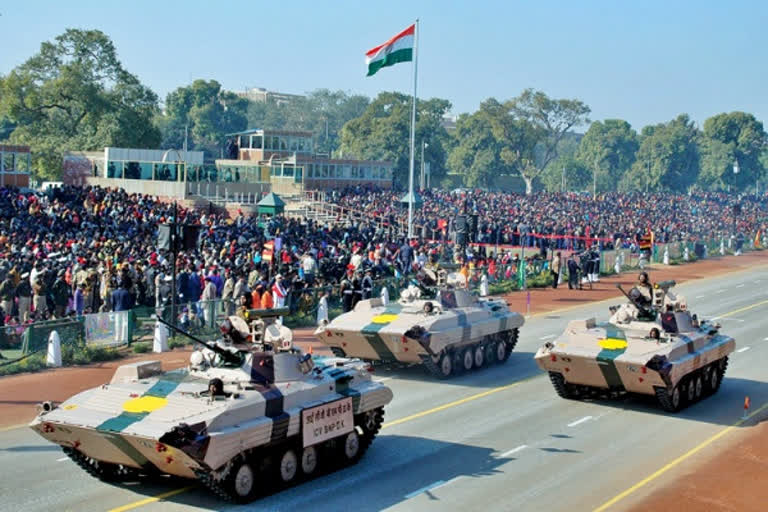New Delhi: Combining vital features of both the Infantry and the Armoured Corps, the Indian Army Mechanised Infantry defining hallmark has been its very versatility, high mobility and flexibility, be in the rugged and extreme terrain of Ladakh to the arid Rajasthan deserts or the UN Missions in Africa.
Already having encountered several hiccups in the ‘long-in-the-works’ Future Infantry Combat Vehicles (FICVs) over the years, the final plan is to replace the about 2,500 now-in-use Russian-origin BMP-IIs with home-made FICVs, a beginning is now to be made with lesser numbers.
“As part of the plan to replace the integral Russian-made BMP-II with the FICV, Acceptance of Necessity (AoN) is to be issued for 480 FICVs soon in the upcoming Defence Acquisition Council (DAC) meeting,” a top source in the defence establishment said on condition of anonymity.
“Acquisition of contemporary, adaptable and niche technology along with interoperability with other arms are driving the Mechanised Infantry modernisation in sync with the ‘Atmanirbhar Bharat’ initiative,” he added.
The BMP-II is produced in India with at least 97 per cent indigenization. The Indian Army’s strike formations operate the Russian-origin Boyevaya Mashina Pekhoty or BMP infantry combat vehicle for swift insertion of combat soldiers to the battle zone.
But with rapid progress of military technology especially the growing aerial threat in the form of drones, there is an imperative need to upgrade the Soviet-era BMPs. The key new features of the FICVs will include major capability enhancements in night vision, firepower and Intelligence, Surveillance & Reconnaissance (ISR), see- through armor and most-importantly, technology to counter drones.
Other basic upgrades include those pertaining to Gunner Main Sight, Commander Panoramic Sight, Fire Control System, Automatic Target Tracker & Laser Range Finder. The firepower enhancement will include equipping the Mechanised infantry with state-of-art missiles and lethal capability beyond visual range (BVR) with Fire and Forget Anti Tank Guided Missiles (ATGMs), and facilitate Loiter Munitions.
Also read: Multirole drones swarm into growing arsenal of Indian Army
The anti-drone capability will seek to provide aerial sight for effectively exploiting the ability of stabilised and automatic 30 mm cannon while upgrading co-axially mounted 7.62 mm Machine Gun (PKT) to engage aerial targets is being pursued.
The FICV will be equipped with the Integrated Surveillance and Targeting System (ISAT-S) to ensure integral, smart beyond line of sight (BLOS) engagements for the Mechanised forces in Intense, dynamic and multidimensional conflicts while the surveillance drone would fix and launch smart munitions automatically on identification of targets for precision kill.
“The ISAT-S will consist of a surveillance drone and smart munitions launched from vehicle platforms to execute various surveillance tasks and engage armoured fighting vehicle targets beyond line of sight… The system will have adequate tactical range and the warhead will be able to defeat the armour of all contemporary tanks,” the source said.
The DAC—the Defence Ministry’s top procurement panel—has from time to time okaying procurements of Nag Missile Systems (NAMIS) for Reconnaissance and Support (Tracked) in Mechanised battalions, Nag Missile Carriers (NAMICA), Infantry Combat Vehicle - Command (Command & Control platforms), new Wheeled Armoured Fighting Vehicle (Wh AFV), Light Armoured Multi-Purpose Vehicle (LAMV) with enhanced mobility and protection to replace the existing modified Maruti Gypsy for Recce Platoons.



